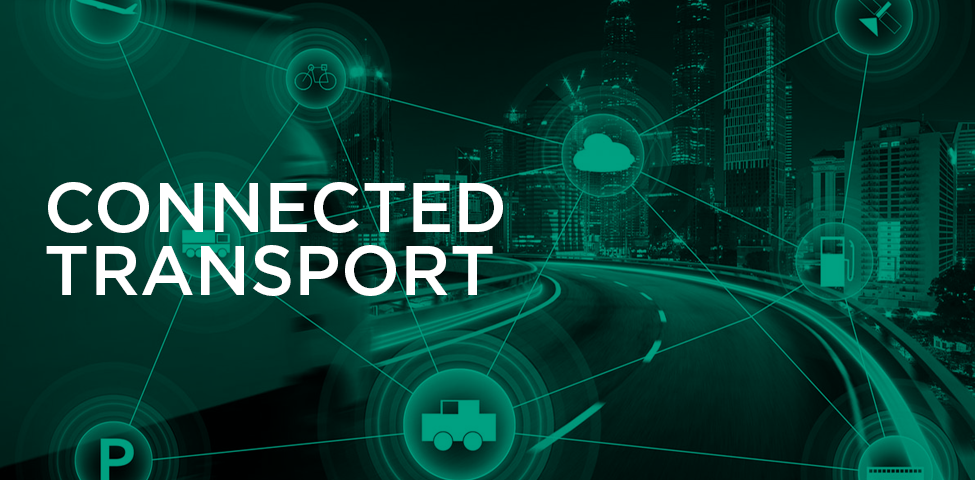

Connected transportation provides extensive assistance to drivers while keeping their passengers entertained.
Autonomous and unmanned vehicles already deliver pronounced improvements to industry in logistics, delivery, and agriculture, as well as transportation of people themselves. We have so far reached Level 3 vehicle autonomy; Level 4 will ensure the vehicle is in full control for the entire trip under certain conditions, with the passenger able to take over as backup. Level 5 will see the vehicle supplied with no steering wheel or pedals: an intelligent unmanned ride will be summoned by mobile device to collect the user, who can then simply climb in and relax while they approach their destination.
Several companies – including Google’s Waymo, Uber, Tesla, General Motors/Cruise, Nissan, Mercedes, BMW and Ford – are currently conducting Level 4 pilots on public roads, with Level 5 tests on the way. All these initiatives drive the automotive industries and mobile operators to develop strategies for disruptive trends in connectivity and automation. Operators are the technological enablers of these new trends: Huawei’s connected vehicle solution, and Verizon’s telematics truck tracking and smart traffic management systems, for instance, use IoT and 4G LTE to raise the bar in safety and efficiency, while Vodafone offers usage-based motor insurance through IoT tracking.
Services based on autonomous vehicles, or ‘Mobility as a Service’ (MaaS), will initially be limited to carefully controlled urban environments, before becoming mainstream in the late 2030s. You can read more about it at GSMA’s Global Mobile Radar report. In 15–20 years, the automotive ecosystem will be profoundly changed: MaaS will be the norm, and automobiles will provide an enabling platform for a range of digital services, as has been the case for the smartphone for some time. Connected devices and roads will, with low-latency 5G connectivity, pave the way for ‘robotaxis’ using AI to guide Level 5 driverless vehicles. NVIDIA has already achieved breakthroughs in this field: smart navigation systems optimise traffic flow, further enhance travel safety and reduce overall journey times. On-board sensors ensure that the vehicle is responsive and intelligent enough to optimise efficiency and travel safely, using multi-source data to respond to changes in climate and traffic as required.
Contact us or learn more through our partner pages www.gsma.com/IoT and www.gsma.com/futurenetworks.

With the ongoing development of unmanned connected delivery, you will be increasingly able to order shopping from your mobile device and receive it swiftly and securely
– while also paying less. Smart homes will manage access control to your property, making delivery times more flexible, while also ensuring your security. 5G can reliably support high volumes of unmanned aerial vehicles, while AI optimises route management.
Amazon Prime Air , Boston Dynamics and others are currently working to introduce fleets of aerial and road-based unmanned, autonomous delivery vehicles, such as SpotMini, which will deliver goods across almost any terrain. Some will navigate autonomously, reliably avoiding buildings and other vehicles; others will be able to climb stairs and open doors based on the access permissions granted to them. Customers will finally be able to order deliveries throughout the week, without needing to be in when they arrive.
Contact us or learn more through our partner pages www.gsma.com/IoT and www.gsma.com/futurenetworks.